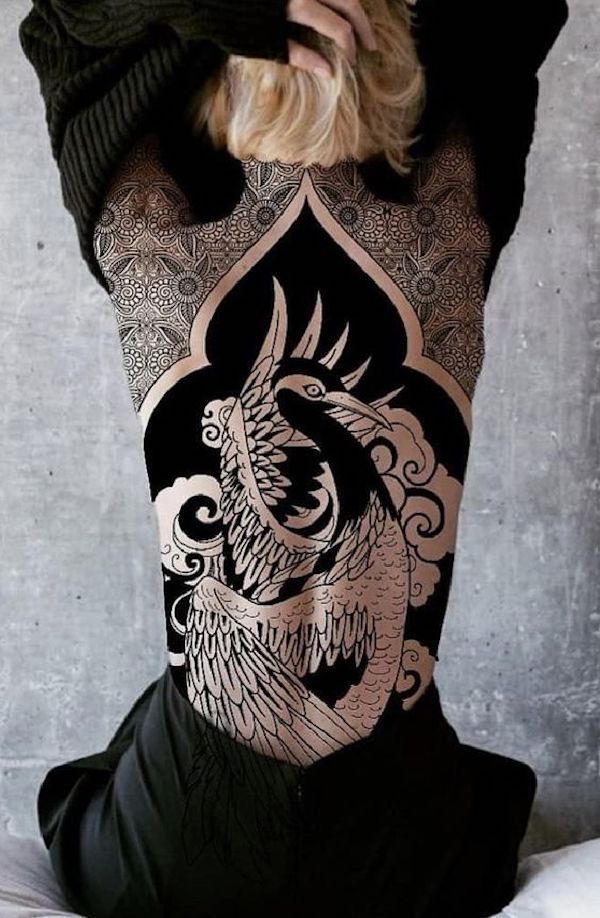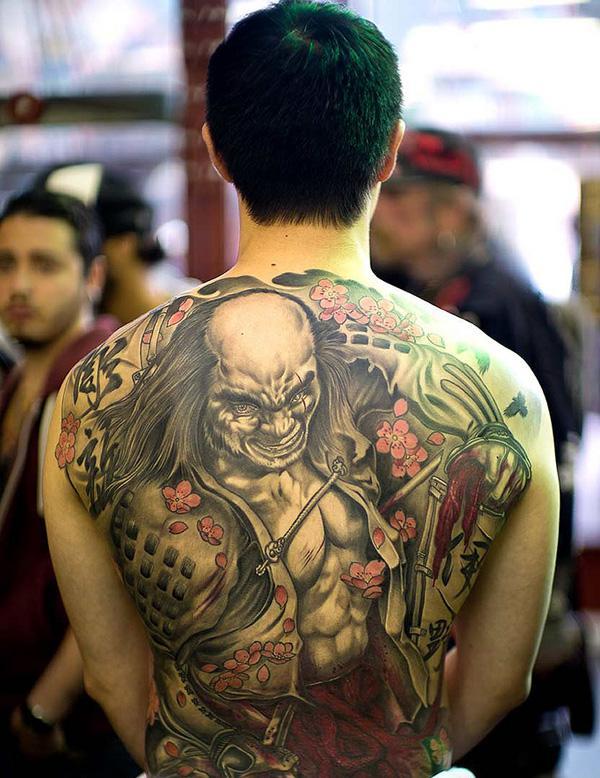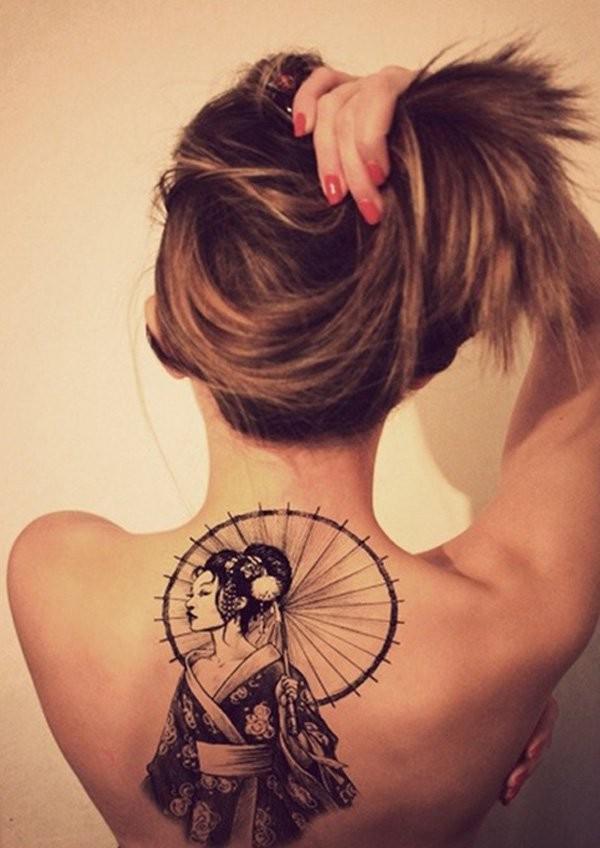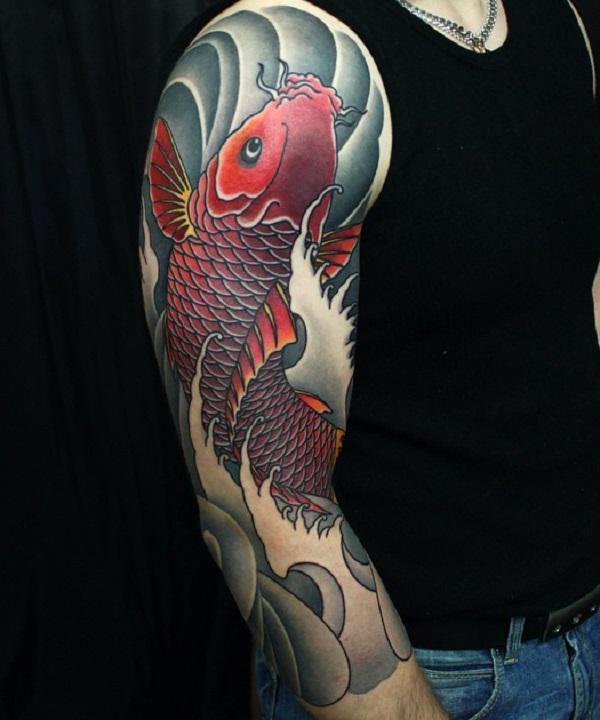Irezumi Tattoos
Irezumi Tattoos - The Culture and Art of Traditional Japanese Tattoos
Irezumi tattoos, also known as horimono, are an intriguing expression of traditional Japanese body art. These impressive and profound tattoos are not only ornate masterpieces, but also a window into Japan's rich history and culture. In this in-depth article, we will explore the world of Irezumi tattoos in more detail, starting with their definition, long tradition, and unique aspects.
1. What are Irezumi tattoos?
Irezumi tattoos are a form of body art that is deeply rooted in Japan. The word "Irezumi" itself means "piercing" or "tattooing" in Japanese, and it reflects the type of art that involves piercing paint and ink under the skin to create complex and detailed designs. These tattoos are known for their vibrant colors and impressive motifs, often depicting mythological figures, animals, flowers, and historical scenes.
The art of Irezumi tattooing requires a high level of skill and precision. Tattoo artists referred to as "horishi" undergo intensive training and have extensive experience to meet the demanding demands of this art form.
2. How long have Irezumi tattoos been tattooed?
The tradition of Irezumi tattooing in Japan has a long and rich history dating back several centuries. While the exact origins are difficult to date, there is evidence that tattoos were practiced in Japan as early as the 5th century BC. However, the development and refinement of Irezumi tattoos experienced their heyday during the Edo period (17th-19th centuries).
In different time periods and social classes in Japan, Irezumi tattoos had different meanings. While in some eras they were seen as symbols of bravery and strength, in others they were considered a sign of criminality and were even banned. Despite such challenges, the art of Irezumi has continued to evolve and has been influenced by modern tattoo art worldwide.
3. The Story Behind Irezumi Tattoos
The history of Irezumi tattoos is a fascinating insight into the cultural and social changes in Japan over the centuries. Here are some important aspects of the historical development and significance of Irezumi tattoos:
- Early use: The early use of tattoos in Japan was varied and included warriors, kabuki actors, and even prostitutes. Tattoos were symbols of belonging, beauty, and social identity.
- Edo Age: The Edo Age (1603-1868) was a heyday for Irezumi tattoos. They evolved from simple markings to elaborate works of art that could tell entire stories. These tattoos were often worn by kabuki actors and prostitutes and were an important part of entertainment culture.
- Prohibition and resurgence: In the 19th century, tattoos were banned in Japan due to their association with crime and social stigma. It wasn't until the 20th century that Irezumi tattoos saw a resurgence, and they are now considered works of art and cultural treasures.
Irezumi tattoos are not only impressive masterpieces on the skin, but also a reflection of Japan's cultural and social history. They are an expression of art, tradition and individual expression that pays tribute to the rich culture of this fascinating country.
4. The most popular Irezumi tattoo designs
Irezumi tattoos offer a wide range of popular motifs that often convey profound meanings and stories. Here are some of the most commonly chosen Irezumi tattoo designs:
- Koi Carp: Koi carp are a symbol of perseverance and determination. These colorful and elegant fish are often depicted in irezumi tattoos, often swimming upstream, representing the fight against obstacles and resistance.
- Dragons: Dragons are a central motif in Irezumi tattoos. These majestic beings represent strength and superiority. Dragons are often surrounded by fiery colors and are depicted with detailed scales and sharp claws.
- Tigers: Tigers are symbols of courage and strength. Irezumi tigers are often fierce and powerful, often surrounded by flames or flowers that represent the duality of destruction and renewal.
- Chrysanthemums: Chrysanthemums are a popular flower in Irezumi tattoos and represent beauty and transience. They are often depicted in elaborate and colorful patterns.
- Sakura (cherry blossoms):Sakura blossoms are a symbol of transience and new beginnings. Often depicted in delicate shades of pink and red, these delicate flowers represent the beauty of life and the renewal of nature.
- Phoenix: The phoenix is a symbol of rebirth and resurrection. In Irezumi tattoos, the phoenix is often depicted majestically and colorfully, often surrounded by flames
- Waves: Waves are a common motif in Irezumi tattoos and represent the sea and the constant change of life. These waves can range from calm waters to stormy storms.
Choosing an Irezumi tattoo design often comes down to personal preference, individual stories, and the desired meaning. These tattoos are not only works of art, but also expressions of strength of character and inner meaning.





